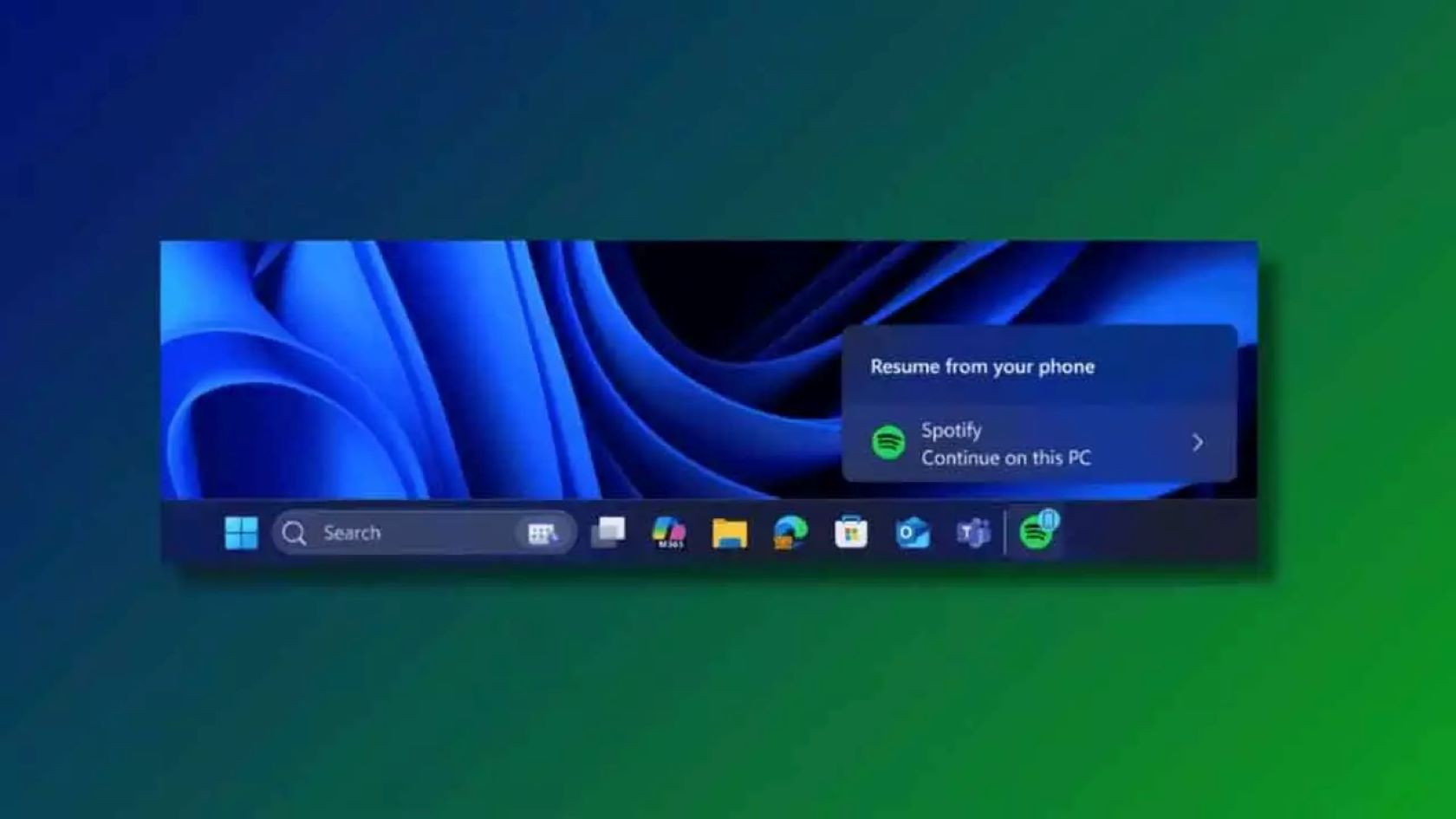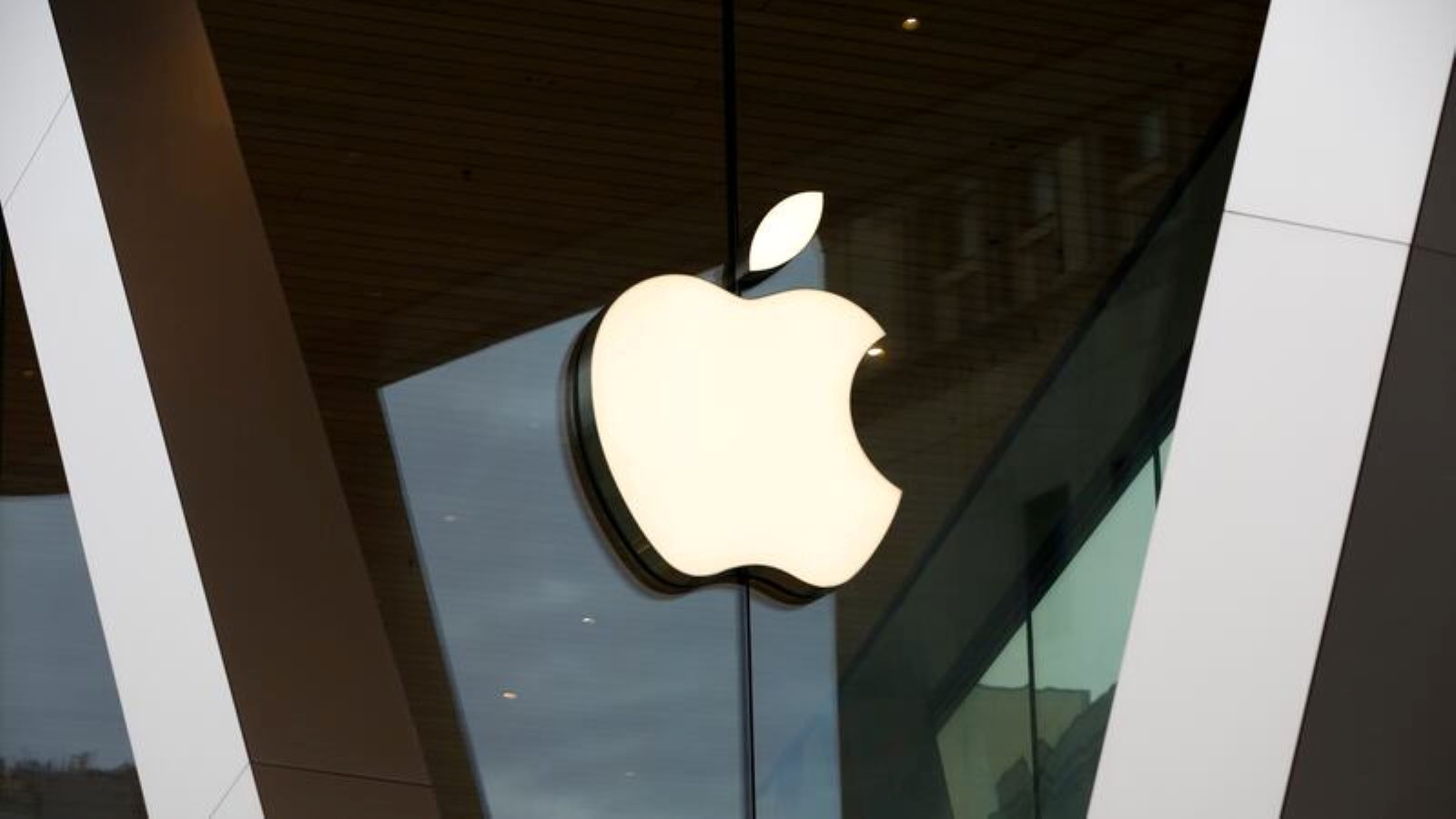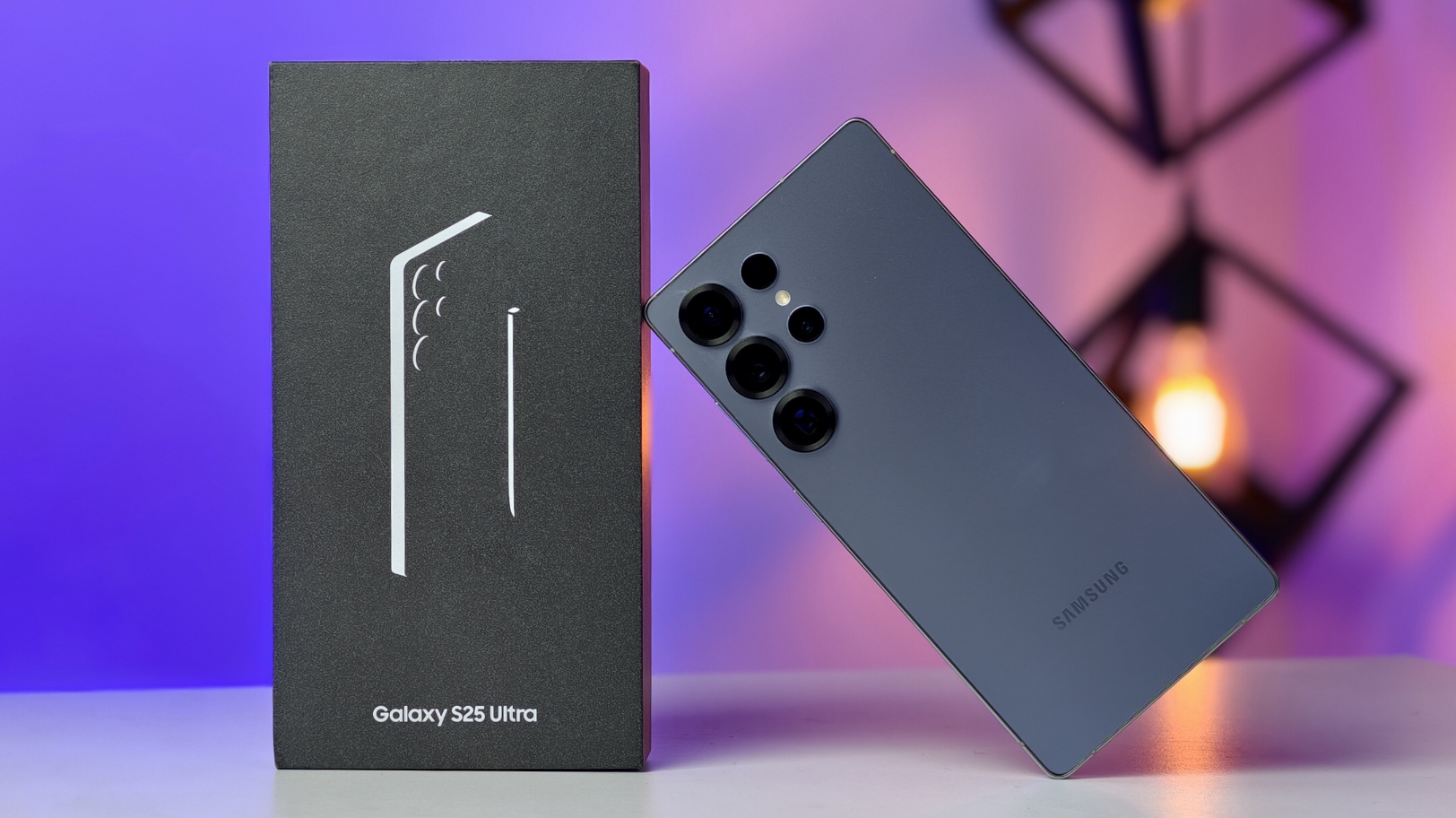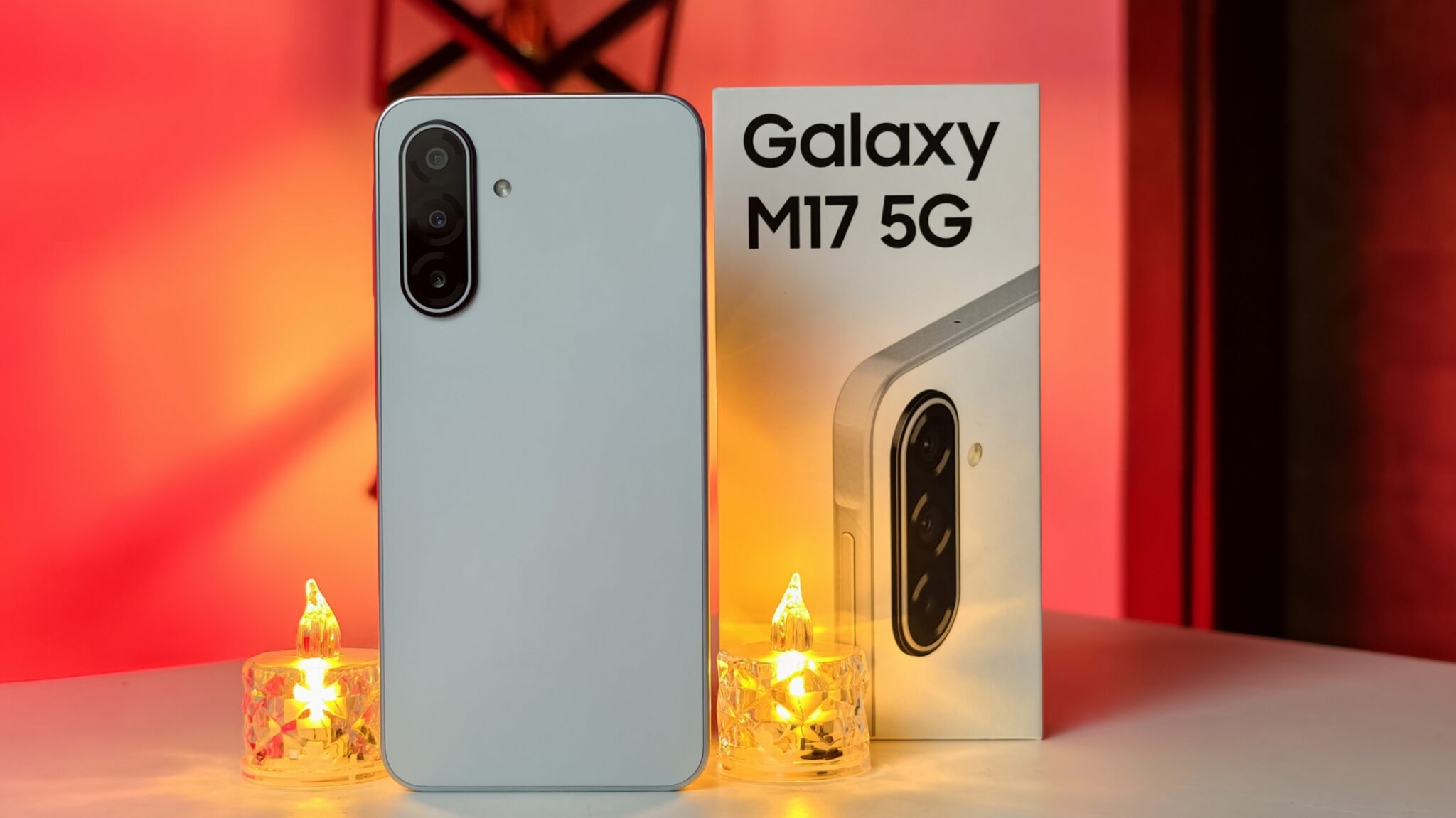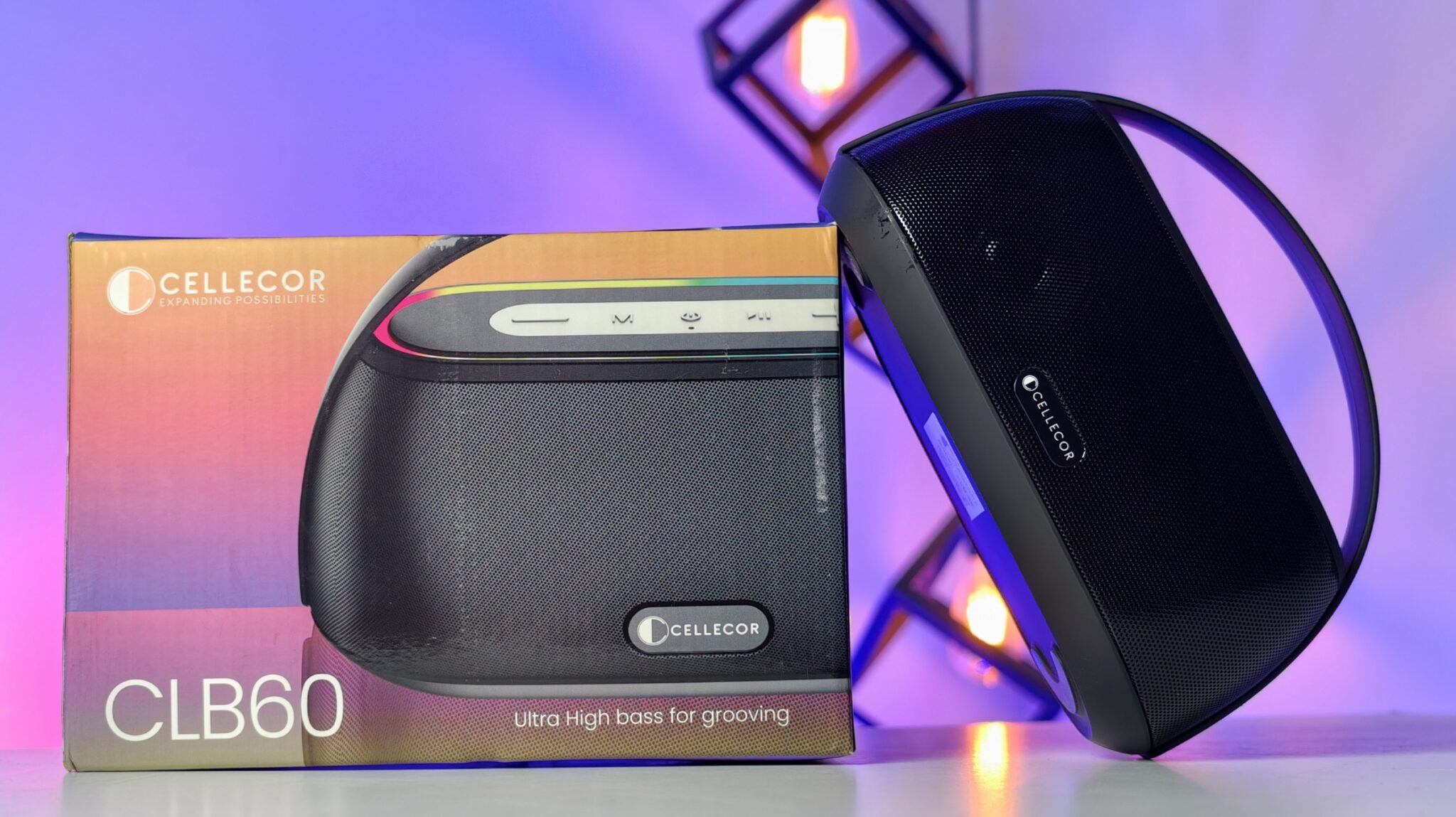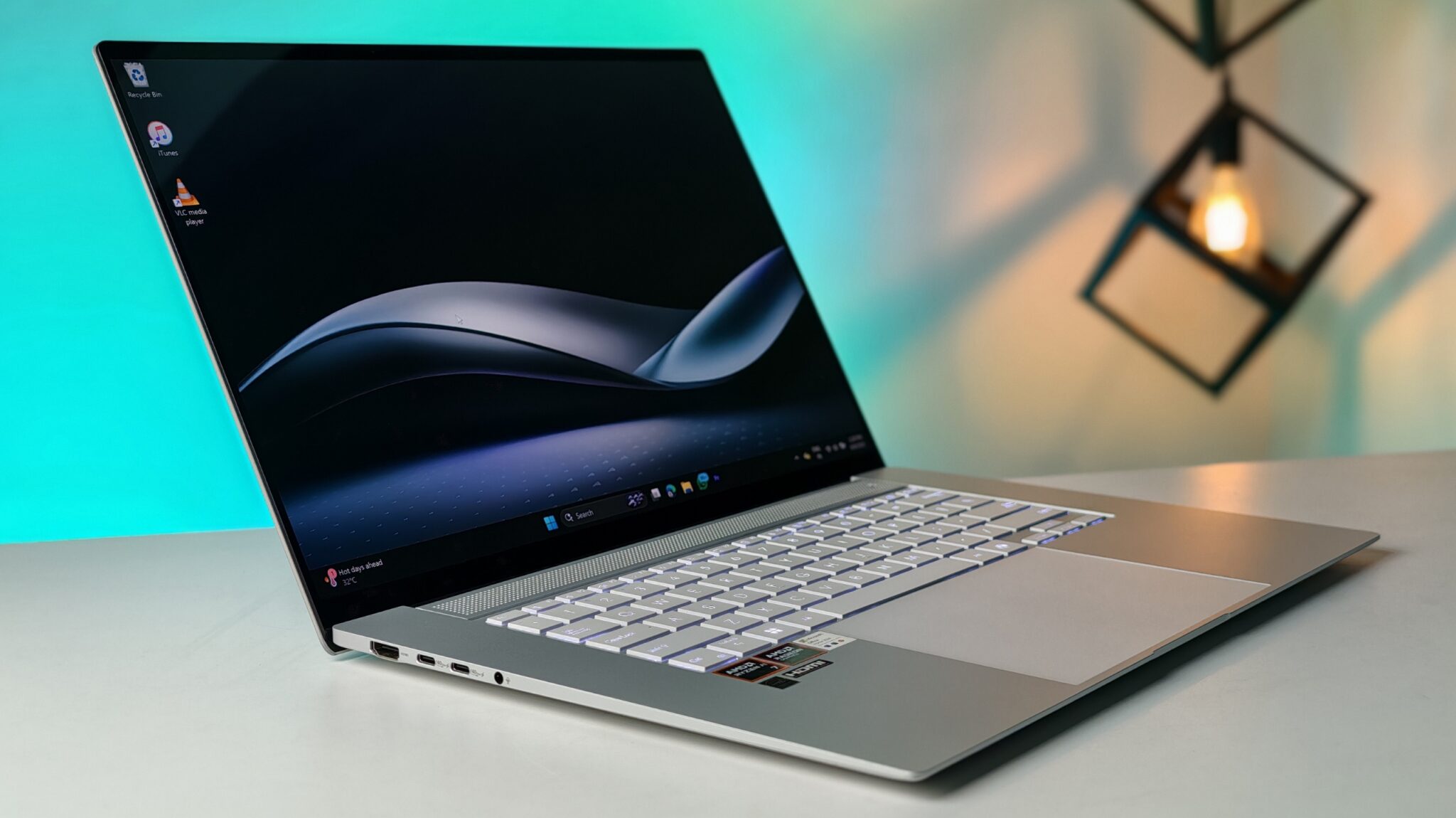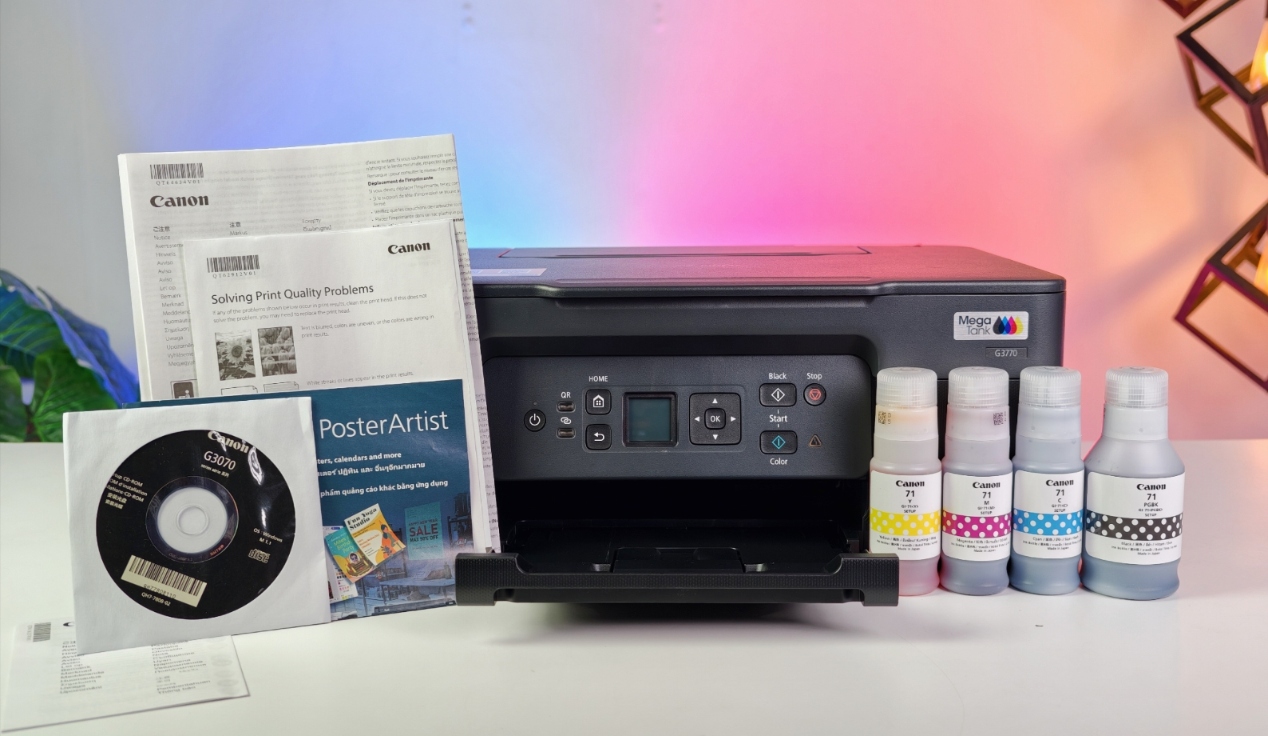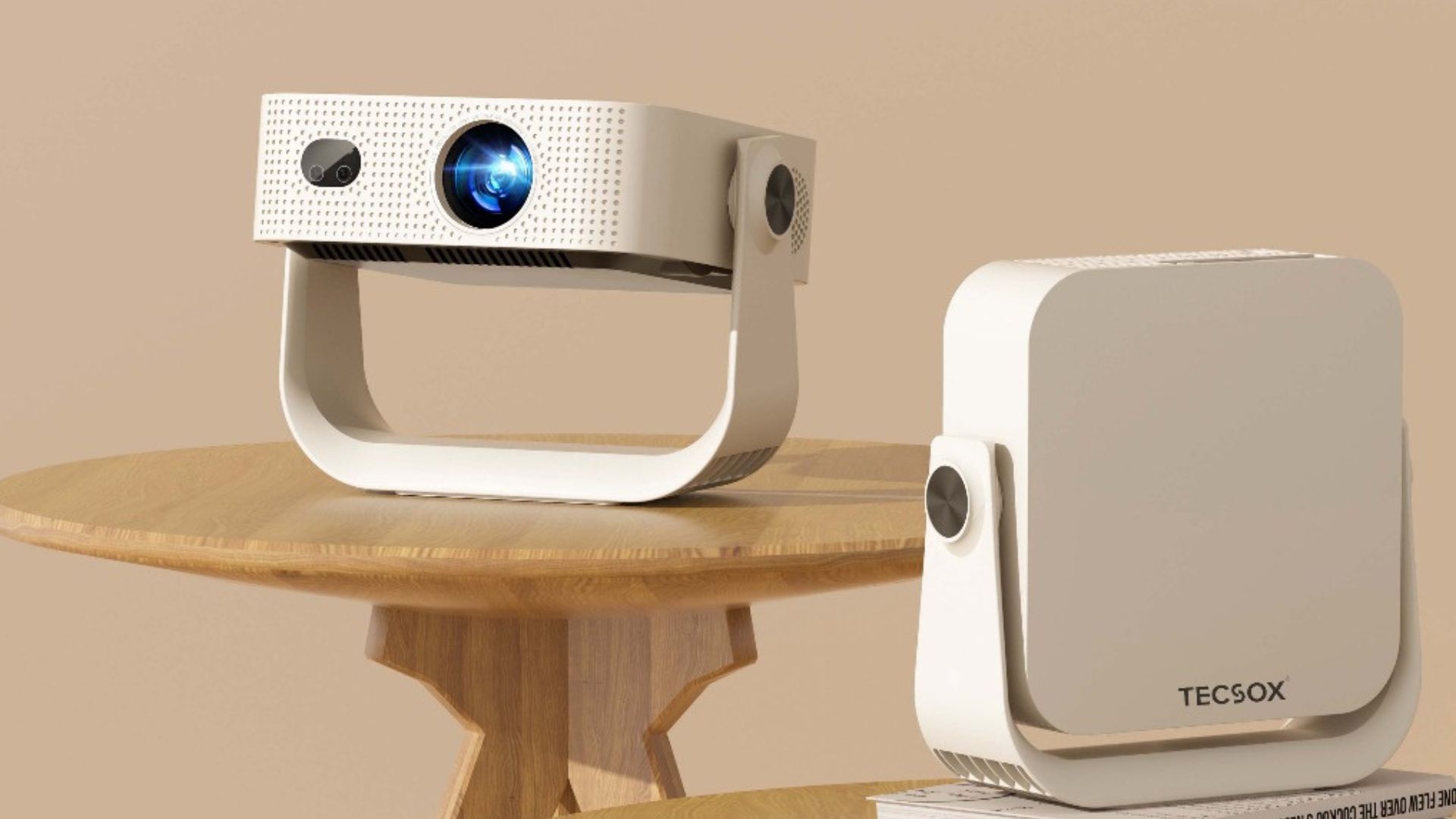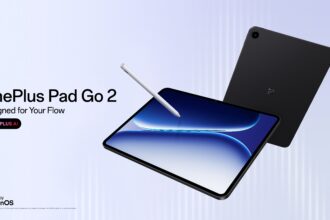Microsoft is testing a new feature in Windows 11 that could make switching between your phone and PC a lot smoother. This new addition lets users resume Android apps right on their PC, starting with Spotify. It’s rolling out gradually to Windows Insiders in both the Dev and Beta Channels, and the experience is built around tighter integration between your Android phone and Windows machine.
Key Takeaways
- Cross-Device Continuity: You can now continue tasks from your Android phone on your Windows 11 PC without starting over.
- First App Integration: Spotify is the first app to support the new resume functionality.
- Phone Link App: This works through the Phone Link app on Windows and Link to Windows on Android.
- Taskbar Notifications: You’ll get a notification on your Windows 11 taskbar prompting you to pick up where you left off.
Here’s how it works. If you’re listening to a song or podcast on Spotify using your Android phone, and your PC is running a supported Insider Preview build, you’ll see a small notification pop up on your taskbar. Clicking that opens the Spotify desktop app and starts playback from the exact moment you left off. If the app isn’t installed yet, Windows will offer a one-click option to download it from the Microsoft Store and help you set it up.
It’s designed to reduce the friction of moving between devices. While Microsoft has explored phone-to-PC linking in the past, this feature feels more immediate and user-focused. It’s somewhat similar to Apple’s Handoff, which allows users to jump between iPhones, Macs, and iPads without losing progress. For Windows users, especially those who rely on Android phones, this is the kind of practical, everyday feature that’s been missing.
To enable it, you’ll need to go to Settings > Bluetooth & devices > Mobile devices on your PC, and your Android device must be running the Link to Windows app in the background. You also need to be logged into the same Spotify account on both devices for playback continuity to work.
While Spotify is the pilot app, Microsoft has hinted at broader ambitions. They’re hoping to expand this functionality to other types of apps, like email clients or news readers, where picking up an article or conversation on a different screen could feel just as seamless. If it works well, it might even encourage developers to design their apps with this kind of cross-platform behavior in mind.
This feature builds on Microsoft’s earlier work with the Windows Subsystem for Android (WSA), which laid the technical groundwork for running Android apps on Windows 11. But this time, it’s not just about the backend. It’s about the user experience, making things feel more connected and natural.
Starting with a popular, widely used app like Spotify makes a lot of sense. It gives Microsoft the chance to gather real feedback and fine-tune the experience before expanding it. And for users who constantly shift between their phone and laptop during the day, this kind of functionality could become something they end up relying on more than they’d expect.
FAQs
Q1. What is the Windows Subsystem for Android?
A1. The Windows Subsystem for Android (WSA) is a component of Windows 11 that allows Android apps to run on Windows devices. It acts as a bridge, giving a foundation for running apps from the Amazon Appstore or other sources.
Q2. How do I get the new app resume feature?
A2. The feature is currently in testing and is only available to members of the Windows Insider Program’s Dev and Beta Channels. You will also need to have the latest Insider Preview build installed on your PC and the Phone Link app set up.
Q3. Will this feature work with other apps besides Spotify?
A3. Microsoft is starting its testing with Spotify. The company has stated its long-term goal is to extend this capability to other types of apps, such as productivity and media apps, to improve cross-device workflows.
Q4. What is the Phone Link app?
A4. The Phone Link app is a Microsoft application for Windows that lets users connect their Android phones to their PC. It allows you to access photos, send messages, make calls, and now, with this new feature, resume apps.


